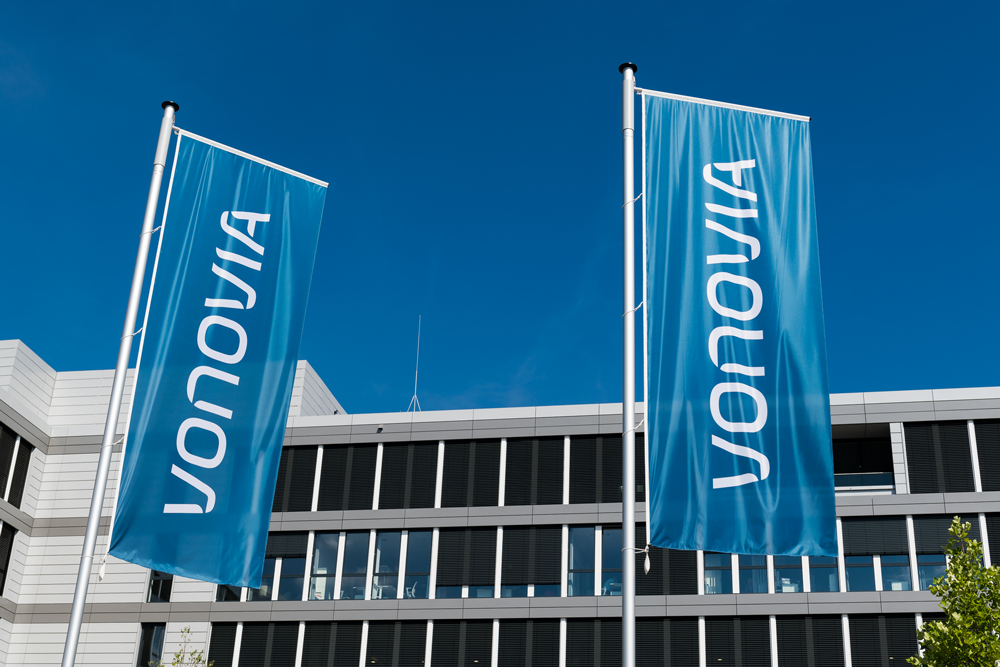3 Consolidation Principles
Business Combinations
An entity shall account for each business combination by applying the acquisition method if it obtains control. All hidden reserves and charges of the company acquired are disclosed as part of the necessary remeasurement. Any excess of the cost of a business combination over the net fair value of the identifiable assets, liabilities and contingent liabilities, following the disclosure of hidden reserves and charges, is recognized as goodwill in the balance sheet. The consideration transferred at the time of the acquisition and the identifiable net assets that are acquired are measured at fair value as a general rule. Transaction costs are recognized as an expense immediately insofar as they do not relate to costs pertaining to the raising of capital or the issue of debt capital.
Subsidiaries
Subsidiaries are companies that are controlled by the Group. The Group controls an investee if it is exposed to risks or has rights to variable returns from its involvement with the investee and has the ability to use its power of control over the investee to influence the level of these returns. In the process of full consolidation, the assets and liabilities of a subsidiary are included in the consolidated financial statements in their entirety. Subsidiaries are included in the consolidated financial statements from the date on which Vonovia SE obtains control until the day control ceases.
Non-Controlling Interests
The equity of a subsidiary that is not attributable to Vonovia is shown as a separate component of equity under non-controlling interests. Non-controlling interests are measured based on their share of the identified net assets of the acquired company at the time of acquisition.
Changes in a parent’s ownership interest in a subsidiary that do not result in the parent losing control of the subsidiary are equity transactions.
Loss of Control
If Vonovia loses control over a subsidiary, the assets and liabilities of the subsidiary in question as well as any corresponding non-controlling interests are derecognized. The result is recognized in the income statement. Any investment retained is recognized at fair value when control is lost.
Associates and Joint Arrangements
Associates and joint arrangements classified as joint ventures are accounted for using the equity method. An associate is an entity over which the investor has significant influence. A joint venture is a joint arrangement whereby the parties that have joint control of the arrangement have rights to the net assets of the arrangement. If the arrangement involves rights to the assets and obligations for the liabilities of a joint arrangement instead, then these are recognized using quota consolidation.
Business Transactions Eliminated on Consolidation
The effects of the business transactions between the entities included in the Vonovia consolidated financial statements are eliminated.
Results from business transactions with companies accounted for using the equity method are only eliminated in line with the Group’s share in the investee.
The financial statements of Vonovia SE and all subsidiaries are consistently prepared according to uniform accounting policies.



